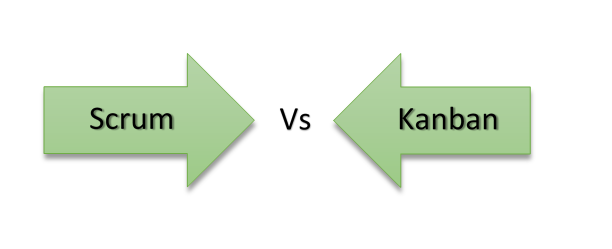Scrum Vs Kanban
What is Scrum?
Scrum is a structured Agile framework that helps teams build and deliver products in fixed-length cycles called Sprints (usually 2 to 4 weeks).
What is Kanban?
Kanban is a flexible workflow management method that focuses on visualizing work, limiting work in progress (WIP), and optimizing the flow of tasks — without fixed iterations.

Differences
| Feature | Scrum | Kanban |
|---|---|---|
| Approach | Time-boxed (sprint-based) | Continuous flow |
| Planning | Sprint Planning at start of each sprint | No formal planning — tasks are pulled as needed |
| Iterations | Fixed-length Sprints (2-4 weeks) | No fixed iterations — work happens continuously |
| Roles | Defined roles: Product Owner, Scrum Master, Developers | No required roles (can have roles, but optional) |
| Board | Scrum Board (reset after each sprint) | Kanban Board (ongoing, never resets) |
| Work in Progress Limits | Not mandatory | Core principle — limits are set per column |
| Changes During Work | Not allowed during the sprint | Allowed anytime |
| Metrics Tracked | Velocity, Burndown Chart | Lead time, Cycle time, Cumulative Flow Diagram |
| Focus | Deliver a "Done" product increment by sprint end | Improve flow and reduce cycle time |
| Review & Retrospective | Required at the end of each sprint | Optional, but teams may choose to hold them |
